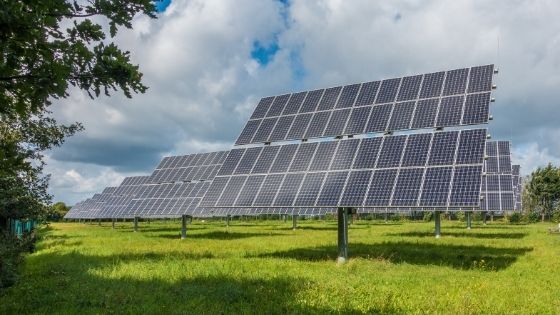A feed-in tariff is a policy mechanism to encourage people to invest in renewable energy like solar energy.
Australia offers feed-in tariffs under various State schemes to non-commercial producers through the solar photovoltaic system. If you have installed the solar photovoltaic system in your home, you would want to know how the origin feed in tariff system works.


How Do Feed-in Tariffs Work?
The Australian government has enacted laws that enable customers to get paid back for the excess electricity generated by small-scale solar photovoltaic (PV) or wind power systems. The amount paid in the form of feed-in tariff differs with energy retailers, and it mostly depends on the customer’s location. The Australian government has a dedicated website to know origin feed in tariff for different suburbs or postcodes.
The feed-in tariffs refer to fixed electricity charges paid to the small-scale non-commercial renewable energy producers. The Australian Electricity grid and market operators pay for FiT in power purchasing agreements between the market operator and the electricity producer.
The market operator pays the electricity producer a fixed rate per unit for the electricity injected into the grid. The payments are generally made every quarter starting from when you and the commercial energy operator signed the power purchase agreement. The feed-in tariff amount is calculated by the metre reading you provide to the commercial energy operator.
Eligibility
To receive a feed-in tariff, you need to fulfil the following requirements
- The solar PV system must be installed on a household or small business
- The solar PV system should be connected to the power grid within the National energy market.
The Australian government offers financial assistance to individuals interested in installing solar PV systems in their homes and earning money through feed on tariffs.
The Small-scale Renewable Energy Scheme (SRES) gives financial assistance to eligible individuals. The fee in credit payments might be affected if you receive income support from the Australian government or beneficiary of different government schemes that offer some financial assistance. The FiT payments are considered a part of assessable income, and you might be required to submit details to the Australia Taxation office.
Gross Versus Net Feed-in Tariff
The gross feed-in tariff pays for each kilowatt-hour produced by a system connected to the central electricity grid. You are only paid for the surplus energy you generate and inject into the electricity grid in net feed-in tariff.
FiT Payments
FiT payments are offered in various forms like,
● Generation tariff
Generation tariff pays you for the electricity you generate (gross feed-in tariff). Your energy supplier pays it, and the company will pay you an agreed rate for each unit you use. The electricity generated by your PV solar system is measured in kWh. The generation tariff is guaranteed for a specific period which can be two decades. The tariff is linked to the Retail Price Index.
● Export Tariff
It refers to the energy you sell to the electrical grid, often called the net feed-in tariff. The export tariff is also paid by the energy supplier and measured in kWh. The export tariff model allows you to sell your PV solar system’s surplus electricity, which you don’t use for household requirements.
To sum up, the feed-in tariff is a good way to encourage consumers to opt for renewable energy and lower their energy bills.

























